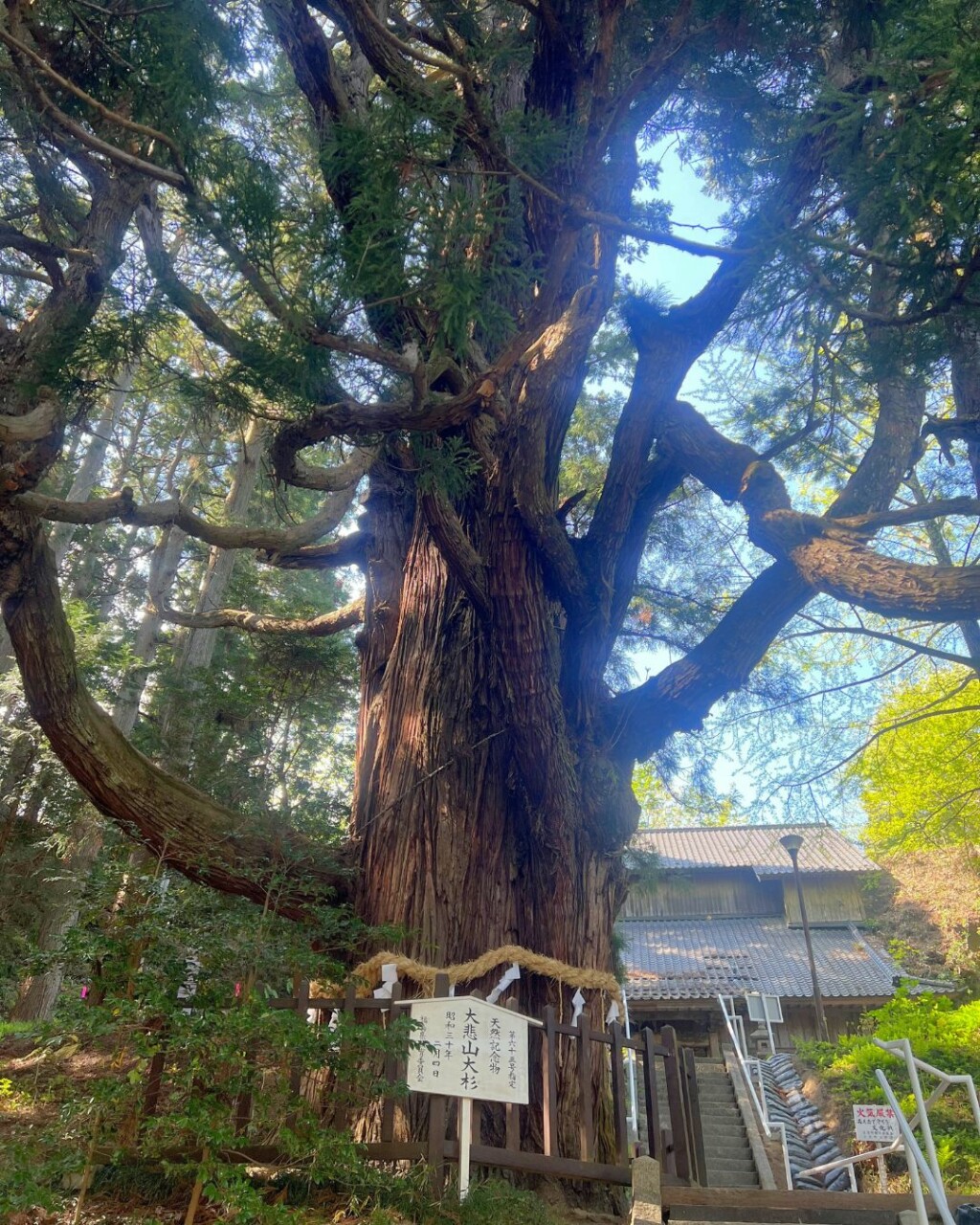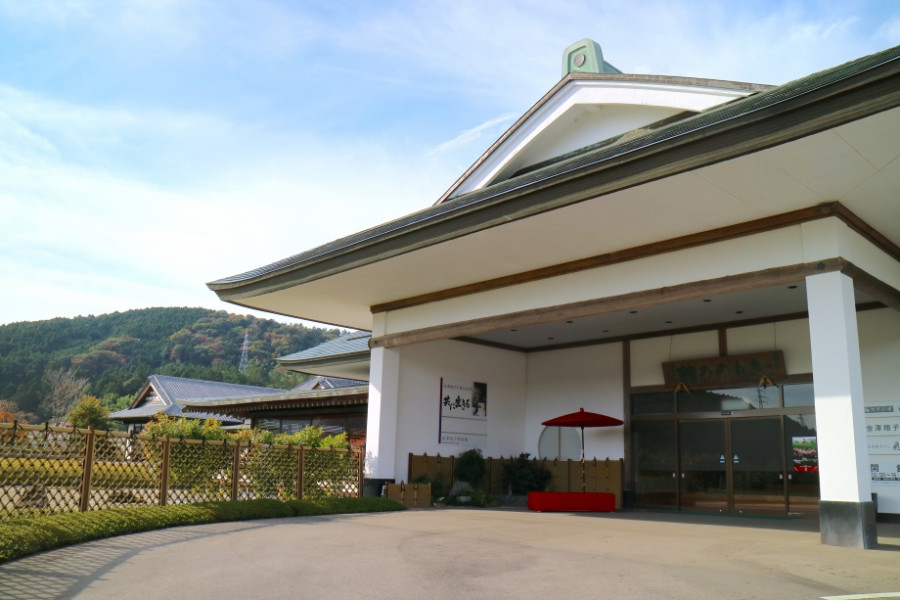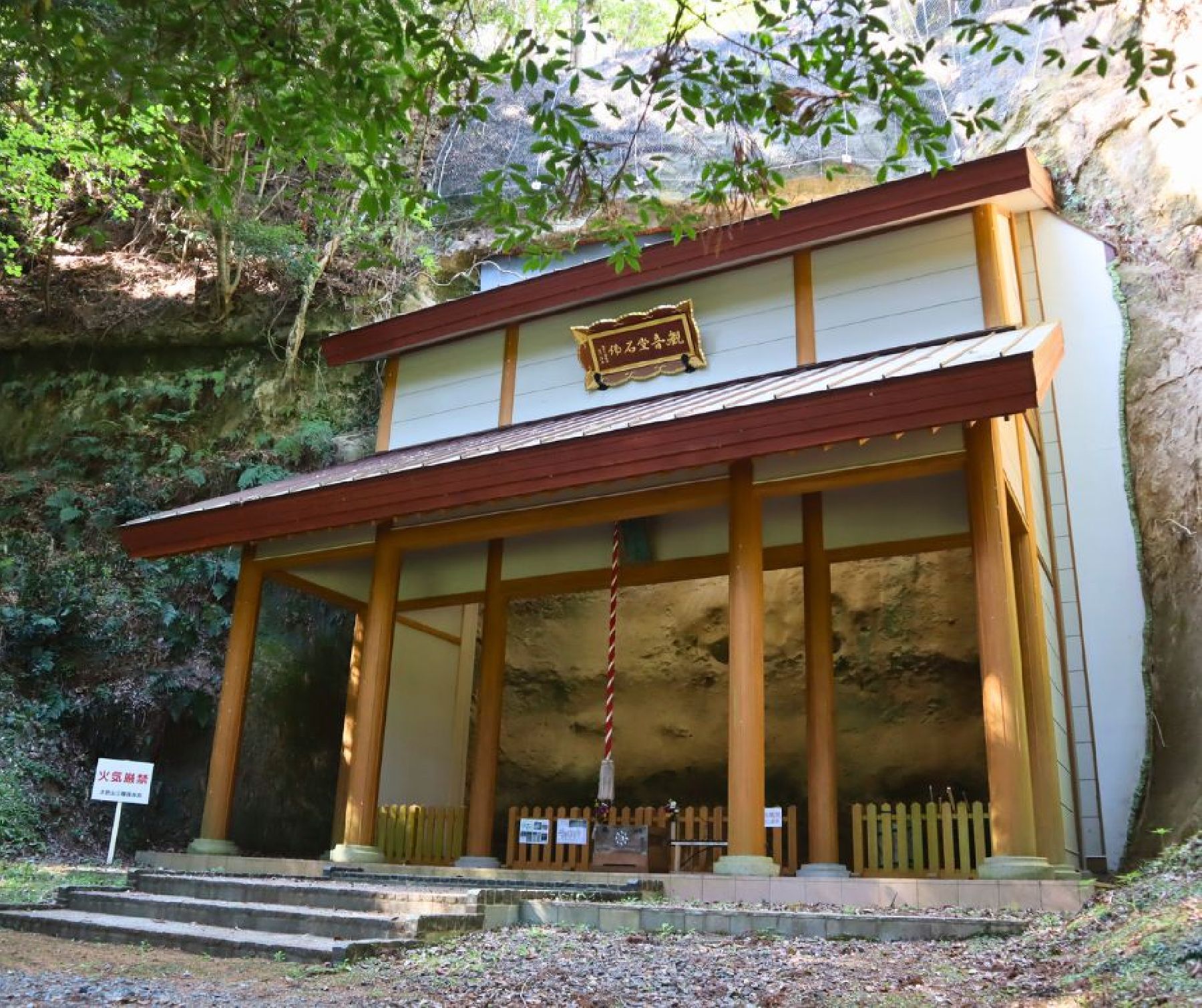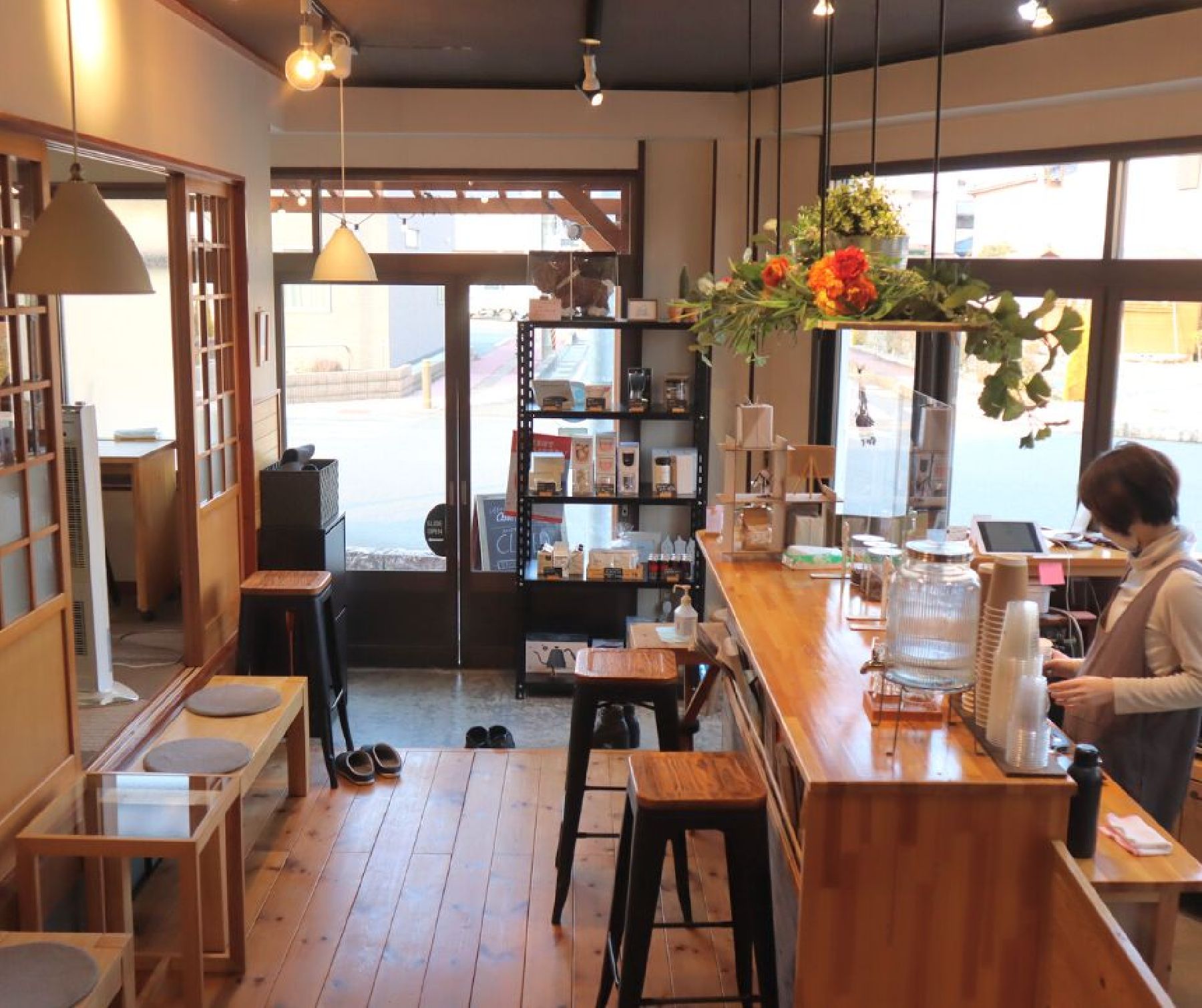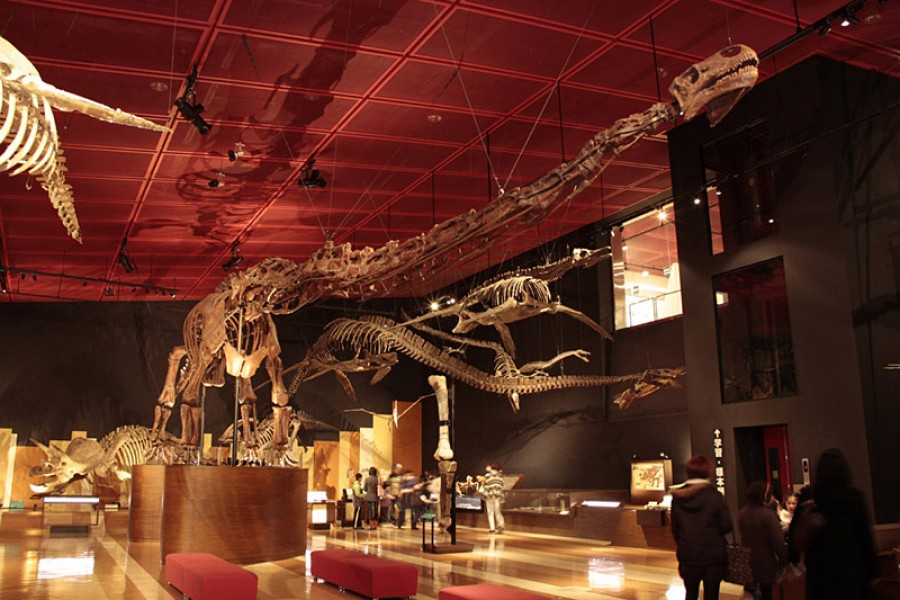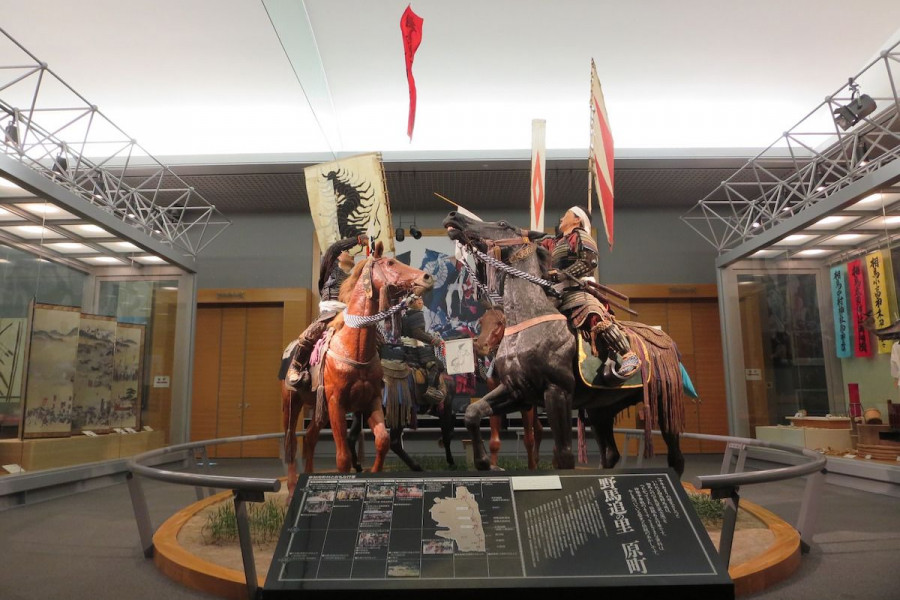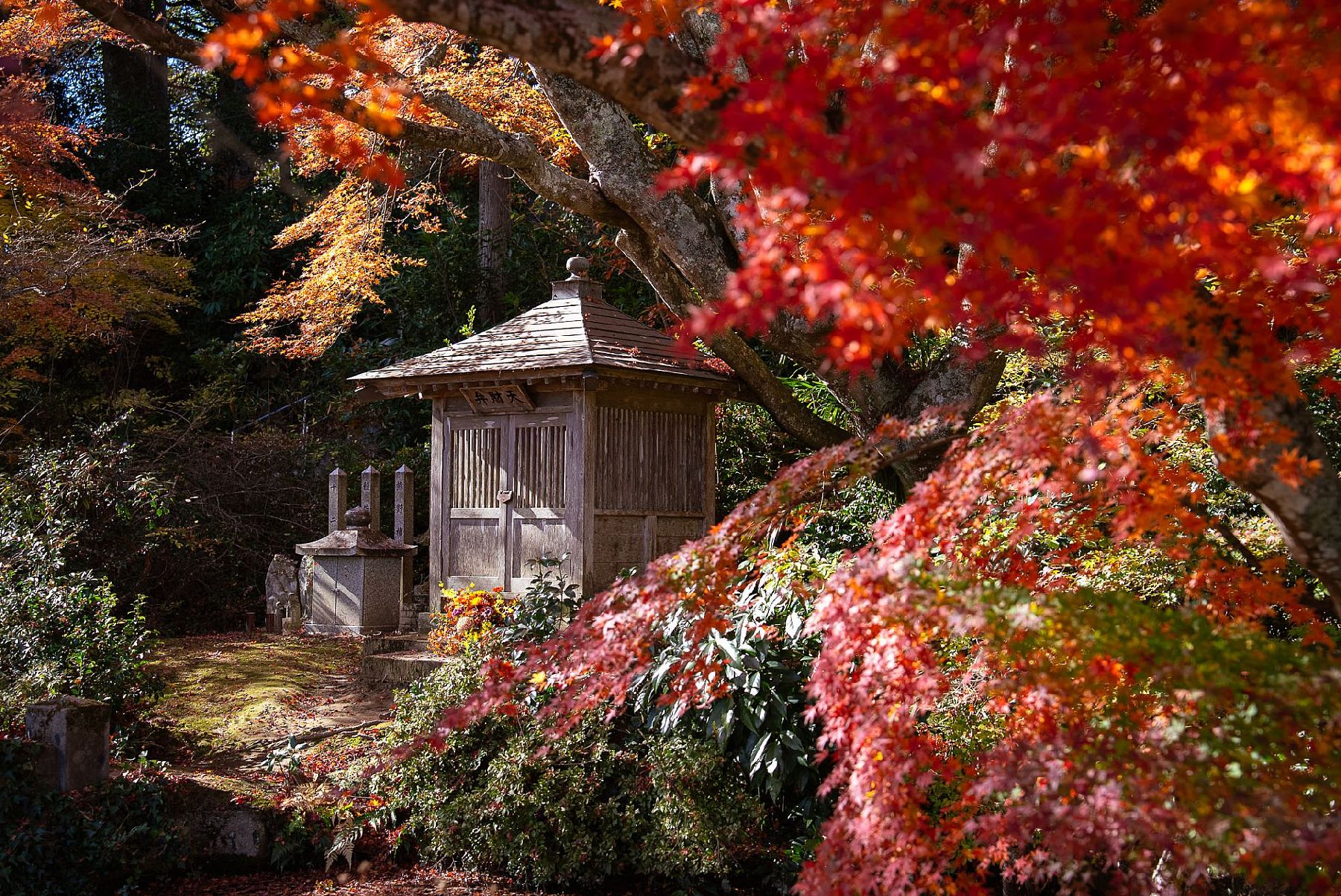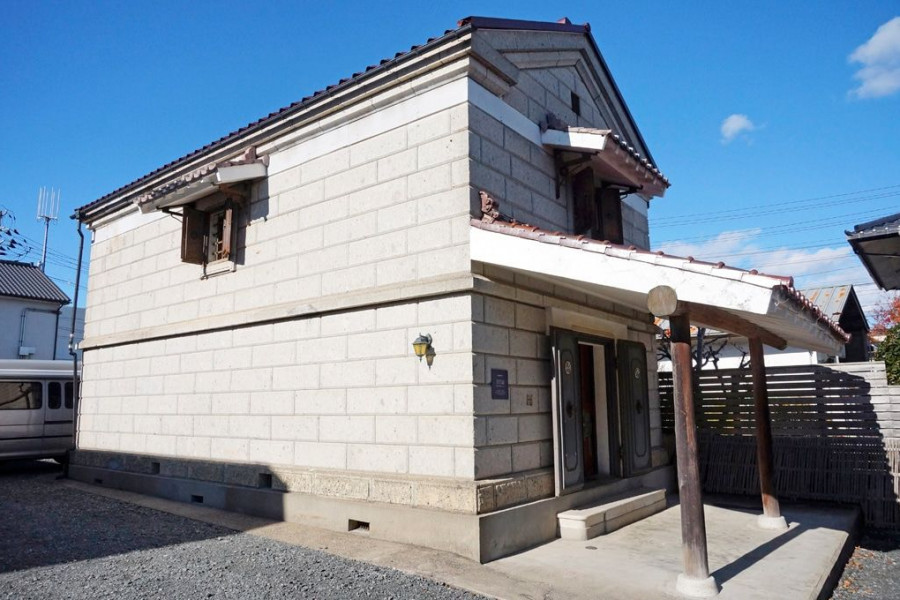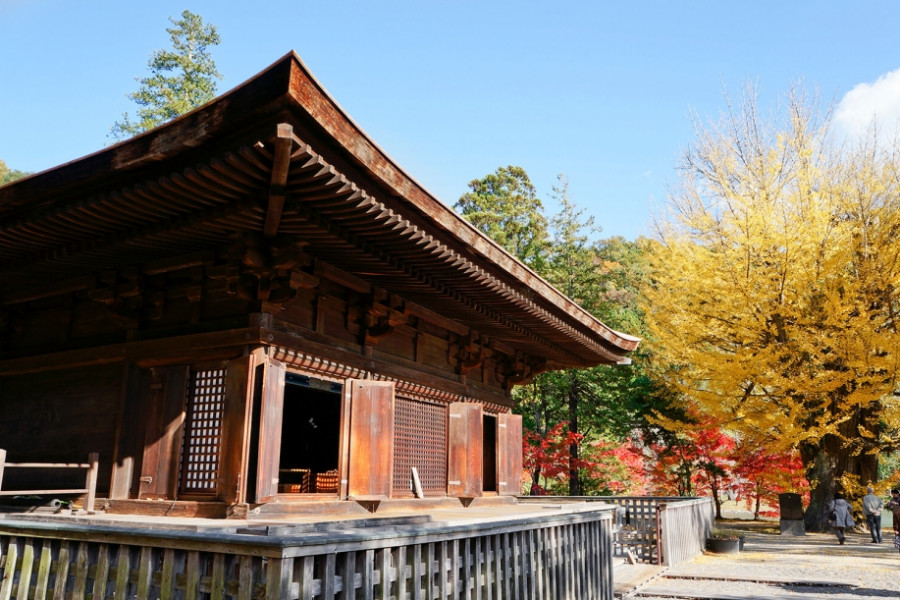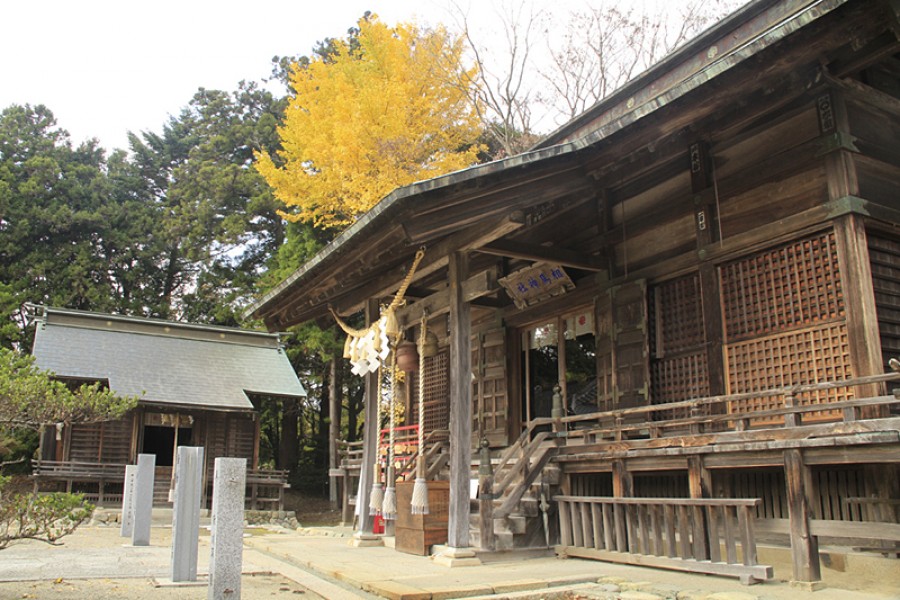Estimated to have been carved over 1,000 years ago, the Daihisan Stone Buddhas (大悲山の石仏) are a group of stone-carved Buddhas in Odaka, Minamisoma City, in the coastal area of Fukushima prefecture.
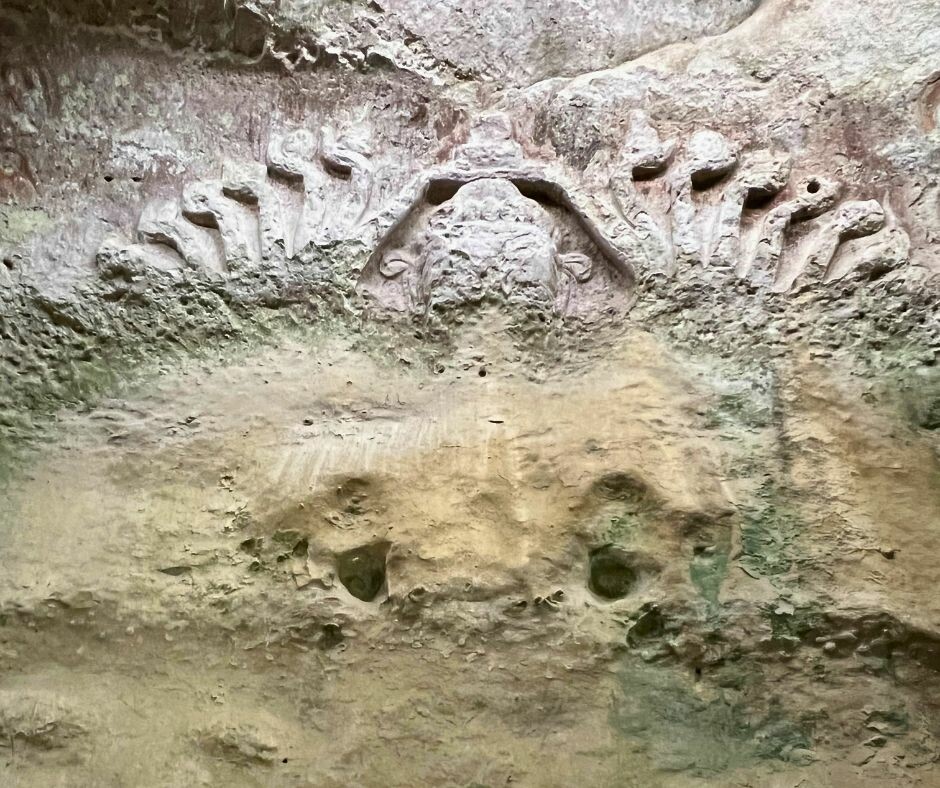
The Daihisan Stone Buddhas are made up of three groups of statues: the Yakushido Buddhas (薬師堂石仏), the Amidado Buddha (阿弥陀堂石仏), and the Kannondo Buddha (観音堂石仏). The statues are enshrined in a forest area with many smaller Buddha statues.

They are the biggest and oldest stone Buddha statues in the Tohoku area of Japan, and have been designated as a National Historical Site. Their origins, and much of their history, however, remain unknown, although they are presumed to have been built sometime during the Heian period of Japanese history, which goes from 794 to 1185.
In front of the entrance to the Yakushido Buddhas is a 45 meter high cedar tree known as Daihisan’s Giant Japanese Cedar Tree. The tree has a circumference of 8.4 meters at eye level, and is one of the largest trees in Fukushima prefecture, also estimated to be over 1,000 years old. It is designated as a Natural Monument of Fukushima Prefecture.
